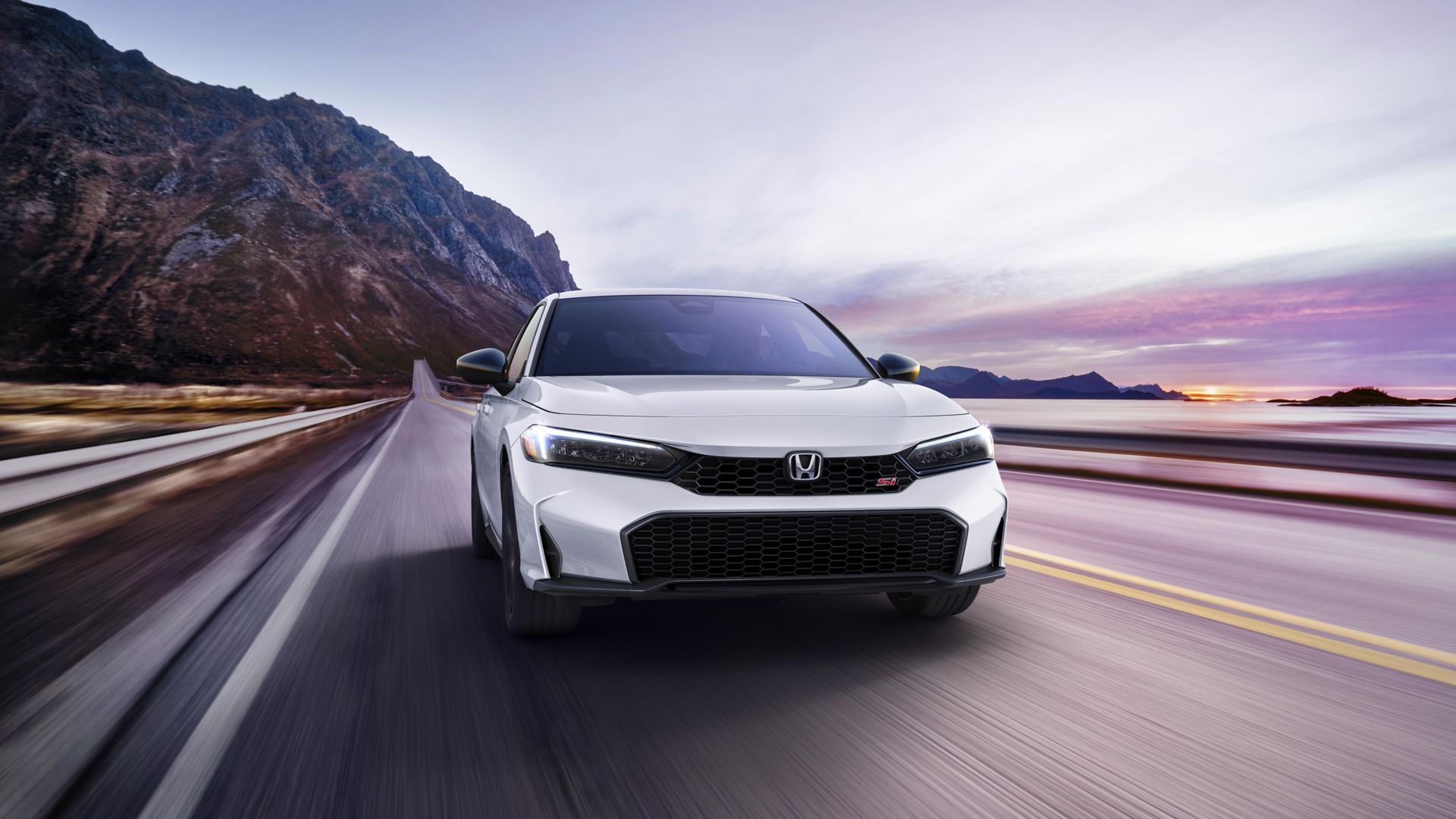Honda’s reputation is built on fuel-efficient, reliable engines, typically with four or six cylinders. But has Honda ever ventured into the world of V8s? The short answer is yes, but not in the way you might expect. While a V8-powered Honda car remains elusive, the company has produced V8 engines for other applications. Let’s delve into the history and explore why a V8 Honda car never materialized.
Why No V8 in a Honda Car?
Several factors contribute to the absence of a V8 engine in Honda’s car lineup. A key reason is Japan’s tax structure, which imposes higher annual taxes on vehicles with larger displacement engines. This disincentivizes Japanese automakers from developing larger engines for their domestic market, often influencing their global strategy. Furthermore, a V8 engine would likely trigger the gas guzzler tax in the US, potentially deterring buyers.
Beyond taxes, Honda’s engineering philosophy emphasizes smaller, more efficient engines that deliver impressive performance. The development of VTEC (Variable Valve Timing and Lift Electronic Control) technology allowed Honda to extract significant power from smaller engines, negating the need for larger displacement V8s. This focus on efficiency and innovation has been a hallmark of Honda’s success.
Finally, market demand plays a crucial role. Honda’s primary focus has been on smaller cars and SUVs, segments where V8 engines are less common. The Ridgeline, Honda’s only truck offering, is a mid-size pickup that performs adequately with a V6 engine. Developing a V8 engine for a limited market would be a costly gamble with uncertain returns.
Honda’s Success with Smaller Engines
Honda’s commitment to smaller engines is evident throughout its history. From the early Civic’s fuel-sipping 1.5-liter engine to the groundbreaking VTEC technology in the Acura NSX, Honda consistently pushed the boundaries of performance and efficiency. VTEC allowed Honda engines to breathe better at higher RPMs, resulting in increased horsepower and improved drivability across the RPM range.
More recently, Honda embraced turbocharging, further enhancing the performance of its smaller engines. Turbocharged engines now power a significant portion of the Honda and Acura lineup, delivering impressive power and fuel economy. These advancements solidified Honda’s position as a leader in efficient engine technology.
The Honda V8 That Does Exist: Powering Boats
While a V8 Honda car doesn’t exist, the company does produce a powerful V8 outboard motor for boats: the Honda BF350. This 350-horsepower engine, designed for boats 25 feet and longer, showcases Honda’s engineering prowess even in non-automotive applications. The BF350 features a 302 cubic-inch displacement, a single overhead camshaft, 32 valves, and incorporates Honda’s VTEC technology for optimized performance. It also includes the BLAST (Boosted Low Speed Torque) system for enhanced acceleration.
Honda V8s in Racing
Honda’s V8 engines have also graced the racetrack, particularly in Formula 1. From the 3.0-liter V8 in the 1968 French Grand Prix to the high-revving 2.4-liter V8 that powered Honda and Super Aguri F1 teams, Honda’s racing heritage includes significant V8 engine development. These engines showcased Honda’s commitment to pushing the limits of performance in a demanding motorsport environment.
The Future of Honda Engines
With the automotive industry shifting toward hybrid and electric vehicles, the likelihood of a V8-powered Honda car diminishes further. Honda’s current focus on electrification suggests that future engine development will prioritize efficiency and alternative powertrains. While the roar of a V8 in a Honda remains a fantasy for enthusiasts, the company’s legacy of innovation continues to drive the future of automotive technology.

